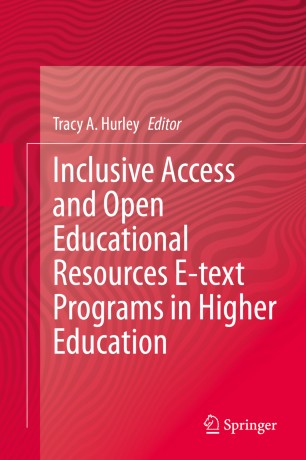

Most ebook files are in PDF format, so you can easily read them using various software such as Foxit Reader or directly on the Google Chrome browser.
Some ebook files are released by publishers in other formats such as .awz, .mobi, .epub, .fb2, etc. You may need to install specific software to read these formats on mobile/PC, such as Calibre.
Please read the tutorial at this link: https://ebookbell.com/faq
We offer FREE conversion to the popular formats you request; however, this may take some time. Therefore, right after payment, please email us, and we will try to provide the service as quickly as possible.
For some exceptional file formats or broken links (if any), please refrain from opening any disputes. Instead, email us first, and we will try to assist within a maximum of 6 hours.
EbookBell Team

4.3
78 reviewsThis volume takes a comprehensive and broad look at e-text programs across a wide spectrum of programs, institutions, and policies in three parts. The first part showcases several policy papers to contextualize the discussion and highlight the reasons for IAE programs’ structure and the obstacles they face for implementation. The second part is an in-depth exploration of various case studies that provide a detailed description of IAE programs, including information about program elements, program structure, program size, and insights into how programs are operationalized, and their shortcomings and benefits to students and stakeholders. The final part is a selection of research papers that offer evidence-based support for the adoption of IAE programs in terms of student success, access, engagement, costs, and a variety of other student and institutional outcomes.
There are approximately 300 institutions of higher education that currently have some form of Inclusive Access or Open Educational Resources E-text (IAE) program in the United States, but there is little scholarship that engages on the topic of assessing these programs’ effect on student success. The results of the research studies included in this volume will inform faculty, administrators, and policy-makers who seek to support the development, adoption, and implementation of IAE programs based on their potential positive effects on student success and other outcomes.